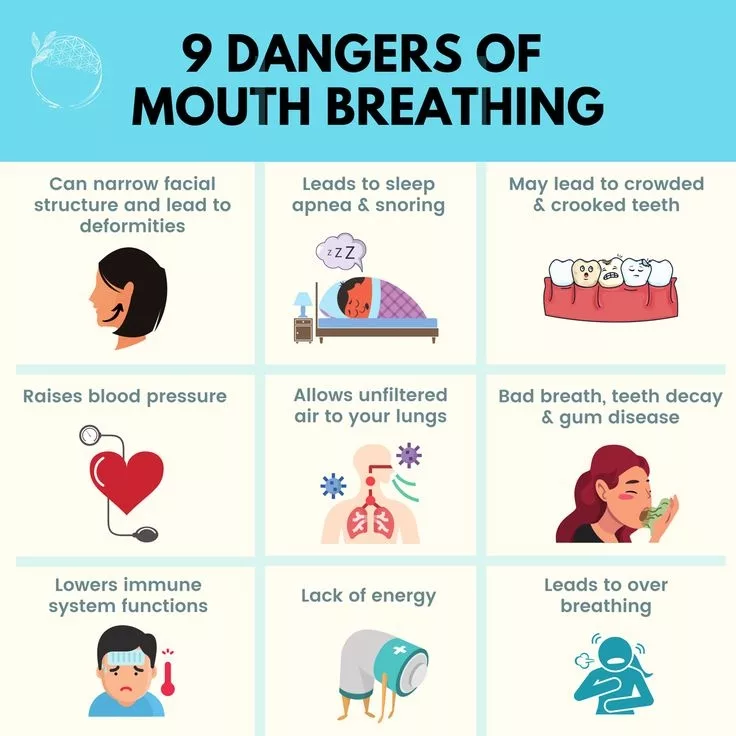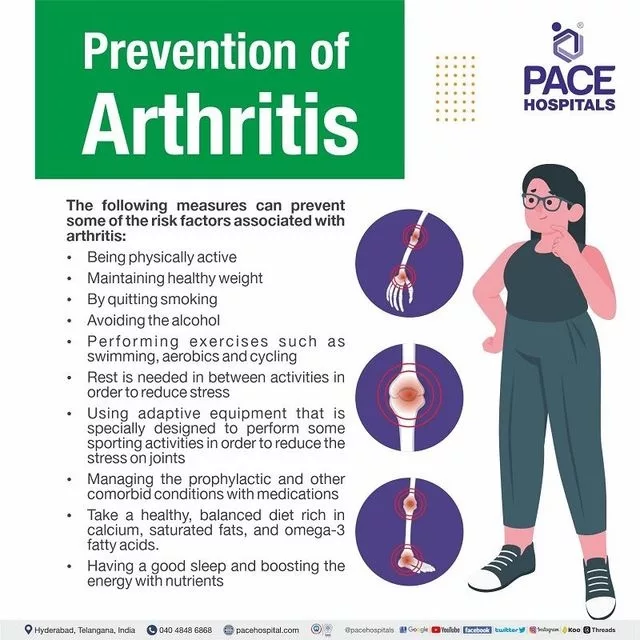A Threat Beyond COVID-19? Prepare for a New Infectious Disease with a 50% Mortality Rate
Hello everyone. Today, we are going to discuss a very important topic: preparing for new infectious diseases. Recently, the spread of the coronavirus worldwide has made many people feel anxious. However, you might already know that the mortality rate of this new infectious disease is said to reach 50%. Therefore, we must be cautious without being hasty.

The Reality of New Infectious Diseases: A 50% Mortality Threat
A new infectious disease refers to an infectious illness caused by a new type of virus or bacteria. These diseases can be extremely dangerous, with mortality rates potentially reaching 50%. In this article, we will explore ways to prepare for and respond to new infectious diseases.
Differences Between Historical Pandemics and Today’s Situation
There have been pandemics in the past. Historically, due to the lack of epidemiological studies and preventive measures, pandemics caused significant loss of life. However, today, advancements in medicine and science allow for faster and more effective responses than before. Thus, we can use lessons from the past to prepare for current new infectious diseases.
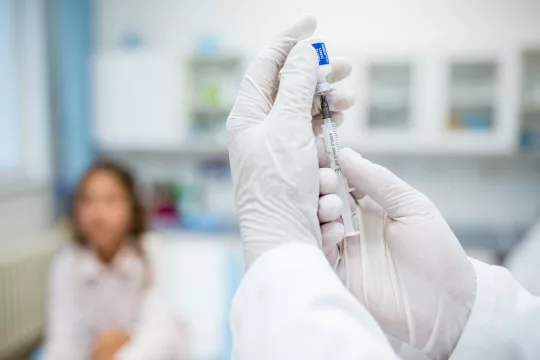
Understanding the Causes and Transmission Methods of New Infectious Diseases
The causes of new infectious diseases can vary. They may arise from viral or bacterial mutations, contact with animals, environmental pollution, etc. New infectious diseases can also spread from person to person through droplets, direct contact, and airborne particles. Therefore, understanding the causes and transmission methods is essential for preventing new infectious diseases.
Symptoms and Diagnosis: Essential Information You Should Know
Symptoms of new infectious diseases vary and can include fever, coughing, and difficulty breathing. However, these symptoms can be similar to those of other diseases, making accurate diagnosis necessary. Currently, rapid and accurate diagnosis is possible through PCR tests, among others. Understanding the symptoms and diagnostic methods of new infectious diseases is crucial for effective response.

Preventive Measures and Initial Response Strategies
Prevention is the most important step in preparing for new infectious diseases. Adhering to everyday preventive measures such as hand washing, wearing masks, and practicing social distancing is essential. Initial response strategies include isolating infected individuals, tracking contacts, and maintaining cleanliness in public places. These preventive measures and initial response strategies can minimize the spread of new infectious diseases.
Treatment Possibilities and Research Status
Although treatment for new infectious diseases is not yet fully developed, various treatment possibilities and research are ongoing. Examples include antiviral drugs, immunotherapy, and vaccine development. Continuous research and development are necessary to find effective treatment methods for new infectious diseases.
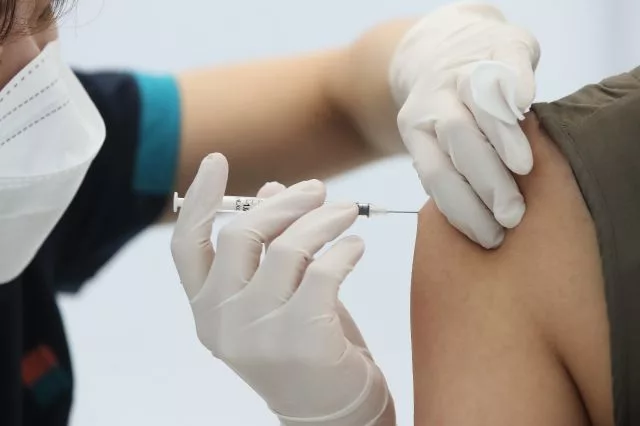
Response Measures by Governments and Health Organizations
The response to new infectious diseases is greatly influenced by the roles of governments and health organizations. Governments should establish and implement preventive policies, strengthen healthcare systems, etc. Health organizations should build early warning systems and monitor infectious diseases. Active responses from governments and health organizations are crucial for controlling new infectious diseases.
Roles of Individuals and Communities
The roles of individuals and communities are extremely important. Individuals must strictly follow preventive measures and take personal responsibility, such as self-isolation and self-diagnosis. Communities should help each other, share information, and cooperate to respond to new infectious diseases. Collective effort is the most effective way to combat new infectious diseases.
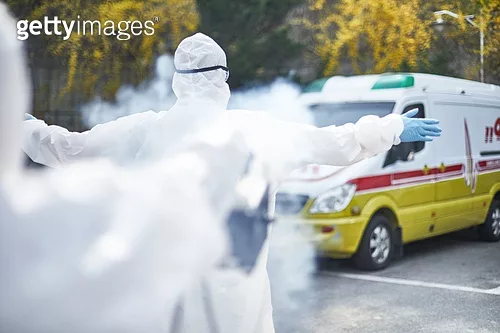
Economic Impact and Social Responses
New infectious diseases can have economic impacts, particularly on industries such as travel and services. Therefore, social responses are needed to minimize economic damage. Examples include government support policies and flexible responses from businesses.
Preparing for Future Infectious Diseases: Lessons and Preparations
New infectious diseases have taught us many lessons. It is crucial to prepare for future infectious diseases based on these lessons. Strengthening infection prevention and response systems, building early warning systems, and enhancing international cooperation are suggested preparations. We must continue to prepare based on past experiences to tackle future infectious diseases.

In summary, we have explored ways to prepare for and respond to new infectious diseases. New infectious diseases can lead to very dangerous situations, so we must respond based on personal responsibility and community cooperation. Working together to create a safe and healthy society is important.



